For 13 years, I spearheaded my small business, wearing multiple hats and being involved in every facet of the company. My days were long and grueling, from client servicing to vendor communications, from sales to installations; initially, my willpower seemed like a superpower, enabling me to work harder and longer. However, eight years into my journey, I realized this relentless pace was unsustainable.
Experiencing burnout wasn’t an instantaneous event but a gradual realization. The first signs appeared when I observed my employees desiring weekends and nights off, which I initially misinterpreted as laziness. The wake-up call I needed was realizing they were merely seeking a work-life balance, something I wasn’t affording myself.
Embracing Change – Delegation and Profitability
Recognizing my burnout, I knew I had to change my approach to work. The first step was to compartmentalize the business into specific roles, which made delegation easier and allowed me to focus on strategic decisions rather than being engrossed in day-to-day operations. Despite some initial challenges, including a temporary profit drop, this approach eventually increased productivity and a healthier profit margin.
Addressing Employee Burnout
Understanding my burnout was the first step, but recognizing and addressing it among my employees was equally important. Providing a balanced work environment became a priority. Strategies included implementing a rotating schedule for after-hours availability, using an answering service for call handling, and employing a dispatcher to streamline daily job allocations.
The Power of Open Communication
Open communication was vital in mitigating burnout. Starting from the top, I communicated the vision of a burnout-free workplace, protecting it through measures like monitoring overtime and maintaining open lines of feedback with employees. This fostered a sense of mutual understanding and facilitated better business forecasting.
Surprising Insights
The most surprising revelation was that working fewer, more focused hours led to better product and service quality. There is a point of diminishing returns when working long hours consecutively. Deciding away from an issue often helped clear my mind and led to better solutions.
Advice for Small Business Owners – Pricing and Utilization
For those venturing into small businesses, early-stage burnout can be avoided with some thoughtful planning and strategy. One of the primary considerations is to ensure you charge appropriately for your products or services. This isn’t merely about fetching the maximum price from the customer but rather about supporting a business model that accounts for proper employee compensation, manages operational costs, protects profit margins, and provides room for growth.
In service-based businesses, where the output isn’t as tangible as physical goods, it becomes essential to calculate prices accurately to maintain healthy profit margins. Each service should be priced at face value and considering the person-hours, resources, and expertise that goes into delivering that service.
Simultaneously, understanding employee utilization is fundamental to building a sustainable business model. It’s crucial to note that an eight-hour workday does not translate into eight hours of productive work. Recognizing this difference and accounting for it in your business model is critical. Overestimating utilization leads to unrealistic expectations, workload pressure, and burnout.
In service-based businesses, there’s a direct correlation between healthy employee utilization and gross profit. By effectively managing the utilization of each team member, you not only safeguard their work-life balance but also ensure the consistency of your service quality and delivery, thereby contributing to your gross profit.
You will be well-positioned to achieve your net profit goals by aligning your pricing strategy and employee utilization with your gross profit requirements. This, in turn, paves the way for sustainable growth and success of your business while avoiding the pitfalls of burnout.
Remember, an entrepreneur’s journey doesn’t always have to be about working harder; sometimes, it’s about working smarter. By understanding the dynamics of pricing, utilization, and profit margins, you can build a business that thrives while ensuring the well-being of everyone involved.
Balancing Act – The Myth of Work-Life Balance
The concept of work-life balance, though commonly pursued, is often misunderstood. The truth is, balance doesn’t mean splitting your time evenly between work and life. Instead, it’s about dedicating 100% of your energy to your work when you’re at work and giving your personal life, family, and well-being the same level of commitment and focus when you’re off-duty.
The myth of always being ‘on’ or available for work or personal matters can contribute to burnout. When work seeps into your time, or vice versa, the blurred boundaries can create a sense of never being ‘done.’ This issue has been accentuated recently, with many of us working from home and juggling professional and personal responsibilities simultaneously.
As you navigate your entrepreneurial journey, remember that proper balance is about immersion – being wholly present and invested in whatever you do. This approach increases productivity and satisfaction and significantly reduces the risk of burnout. Your time at and away from work is essential to your overall well-being. Respecting these distinct spheres of your life is vital to a fulfilling and successful entrepreneurial journey.
Final Takeaways
Today, my approach to work is more intentional, and I am acutely aware of my limits. I’ve learned to step away when frustration creeps in, preventing burnout and ensuring sustained engagement in my work. My experiences with burnout have taught me the importance of a balanced work-life approach, which benefits my business and overall quality of life.
In conclusion, burnout is a systemic issue, often deeply ingrained in our work cultures. But with strategic planning, clear communication, and genuine respect for personal time and well-being, we can create healthier, more productive work environments. Your business’s success hinges on hard work and sustainable work. Be mindful of this as you build your business, and remember, the goal is not to work harder but to be more intelligent.
Reflective Questions – Towards a Sustainable Work Culture
- Are you charging appropriately for your products or services to cover costs and maintain a healthy profit margin? If not, what changes can you implement?
- How well do you understand your employee utilization? Are you considering the actual productive hours while assigning tasks and setting deadlines?
- How effectively are you maintaining clear boundaries between your work and personal life? Are there specific changes you could make to strengthen these boundaries?
- How frequently do you step away from work to rest and recharge? Are there ways you could better incorporate regular breaks into your daily routine?
- How are you prioritizing your mental well-being alongside your business growth? Are there support systems or stress-management techniques you could further explore?
As you contemplate these questions, remember that maintaining a sustainable work culture is ongoing. It requires consistent attention and adjustments based on your unique experiences. However, by asking the right questions and taking purposeful actions, you can foster an environment that fuels personal well-being and business success.






